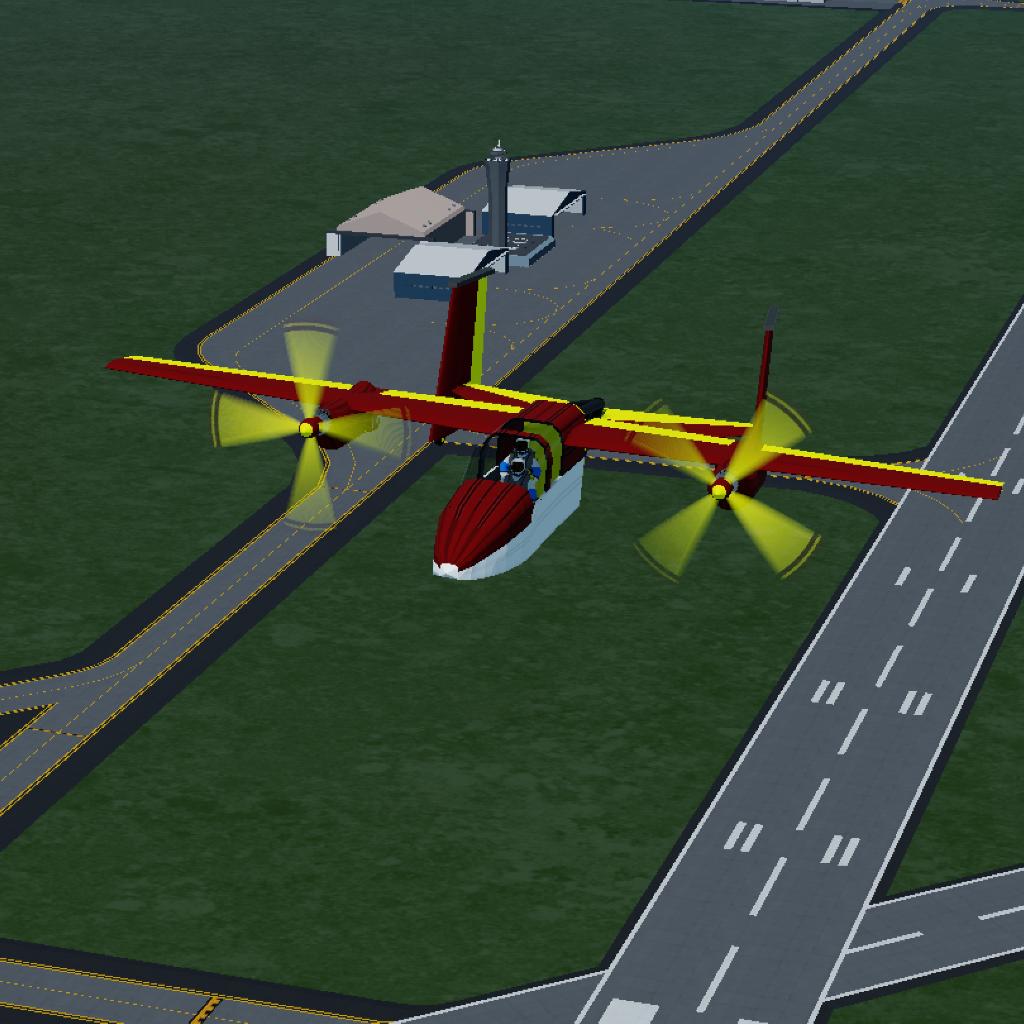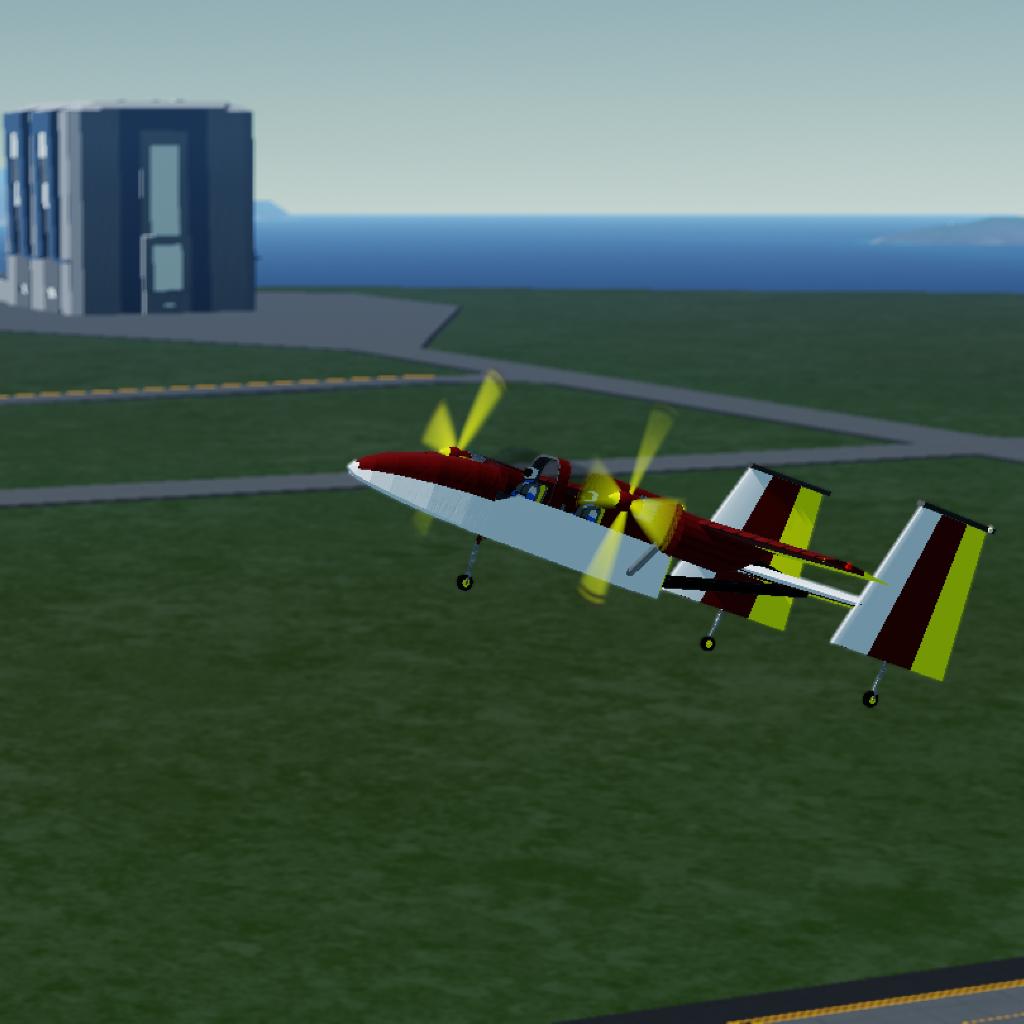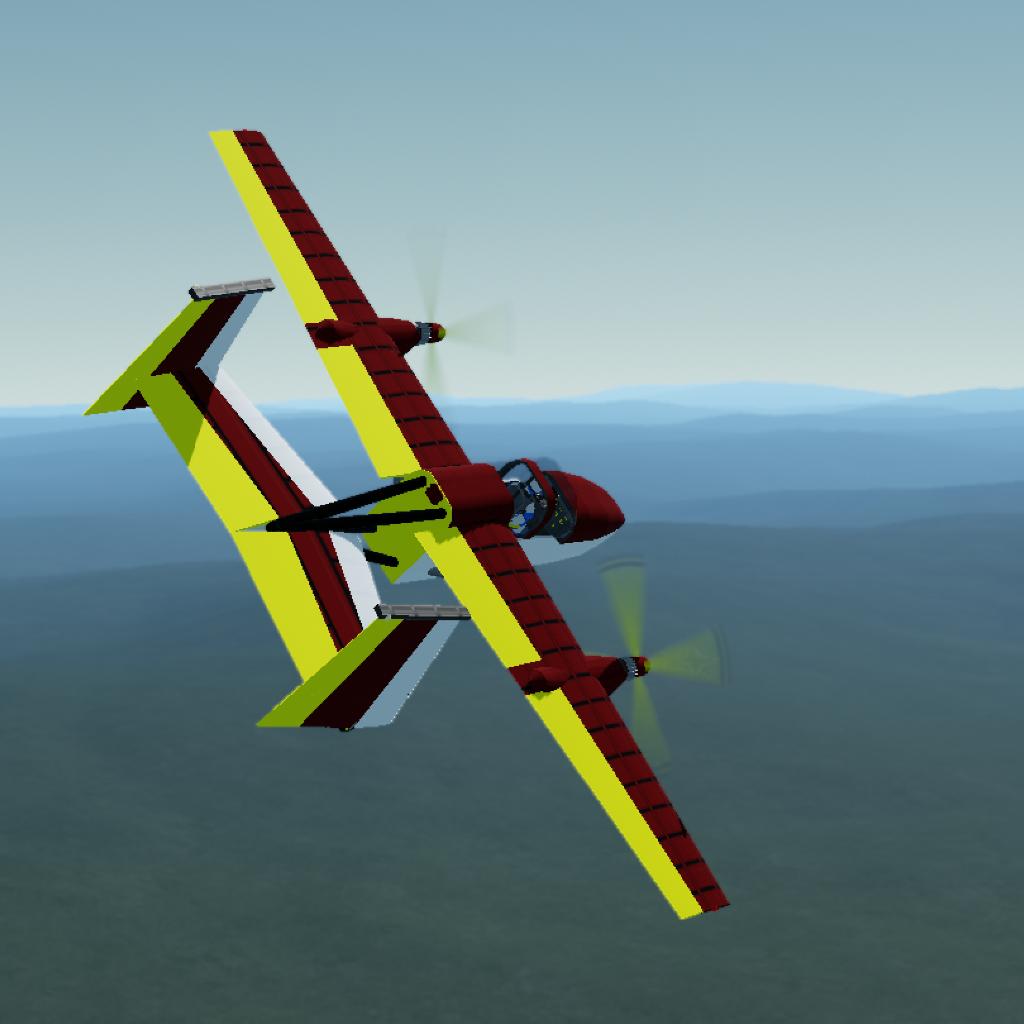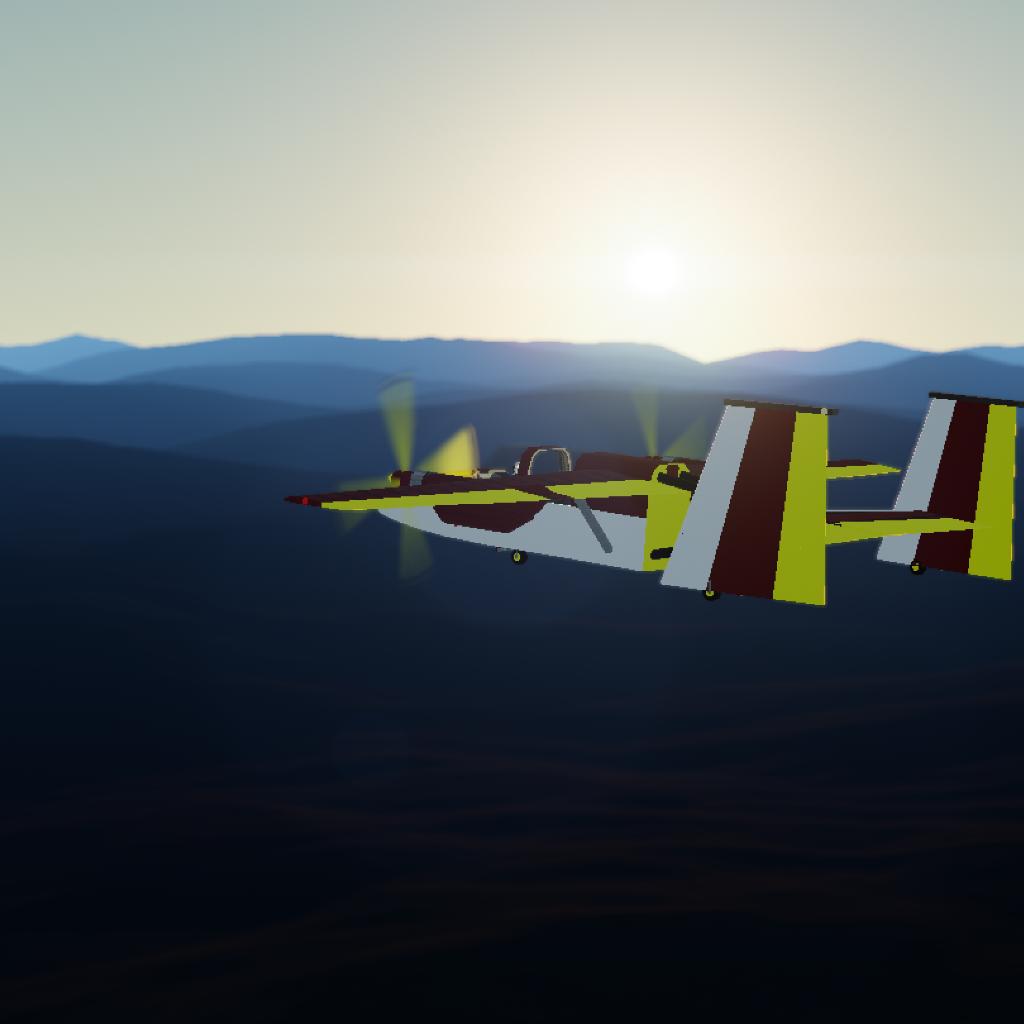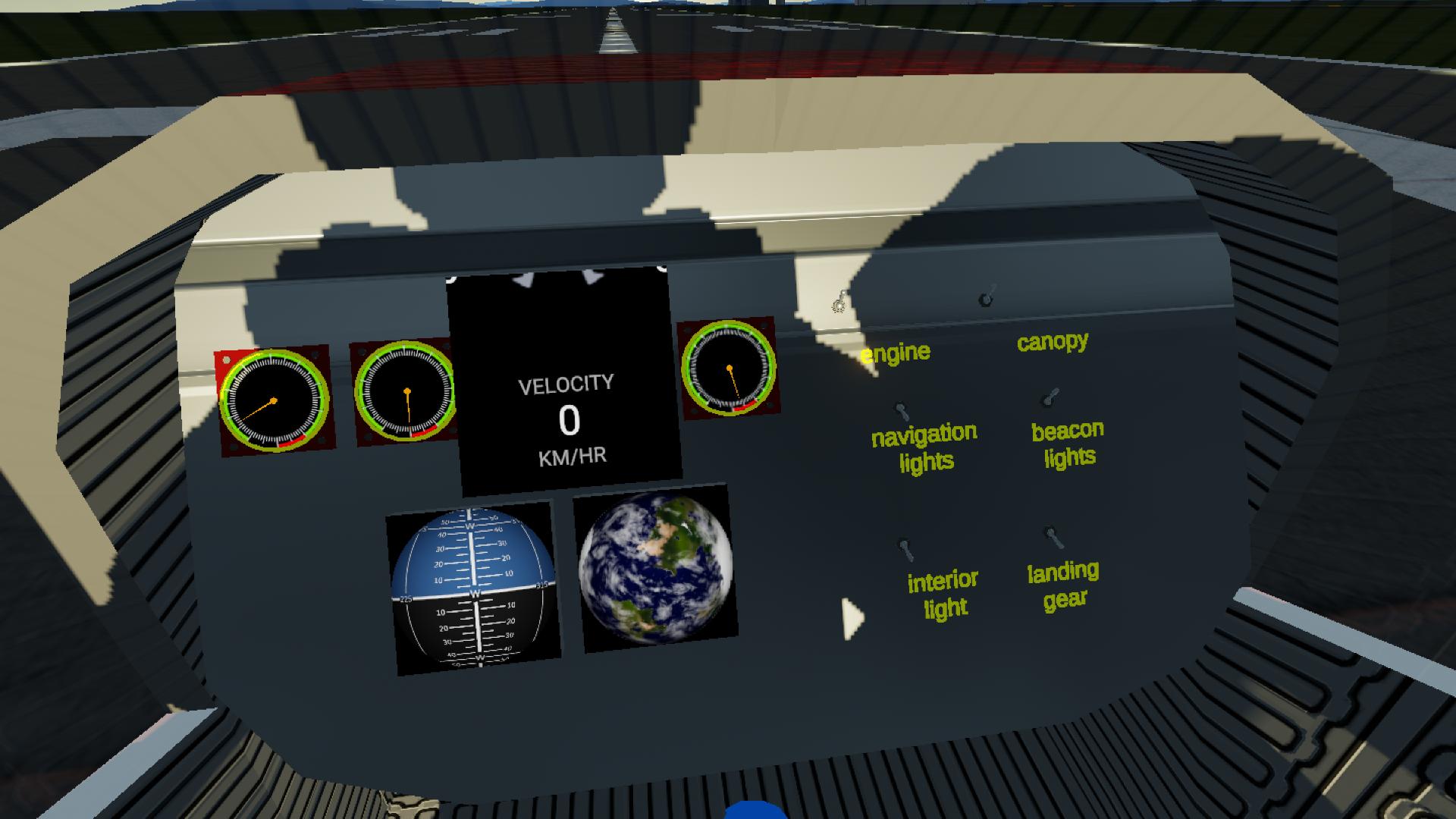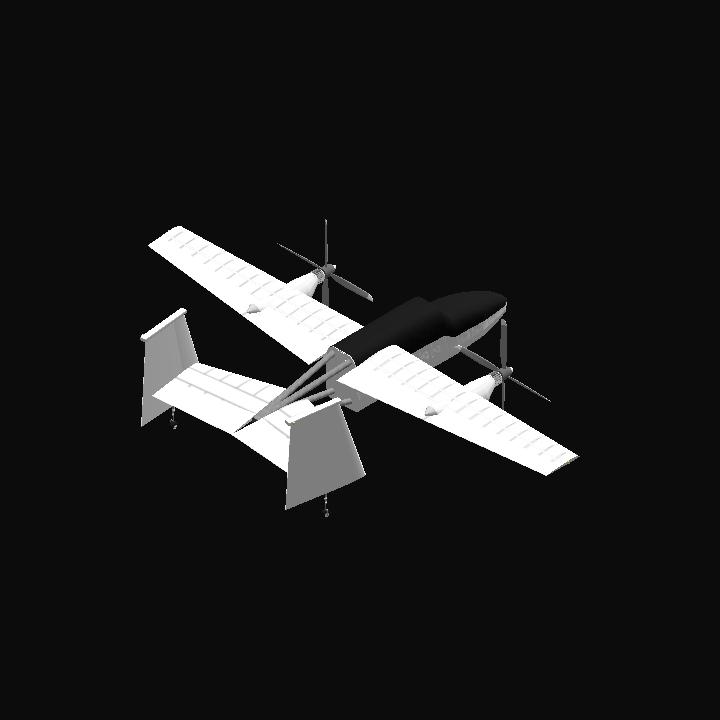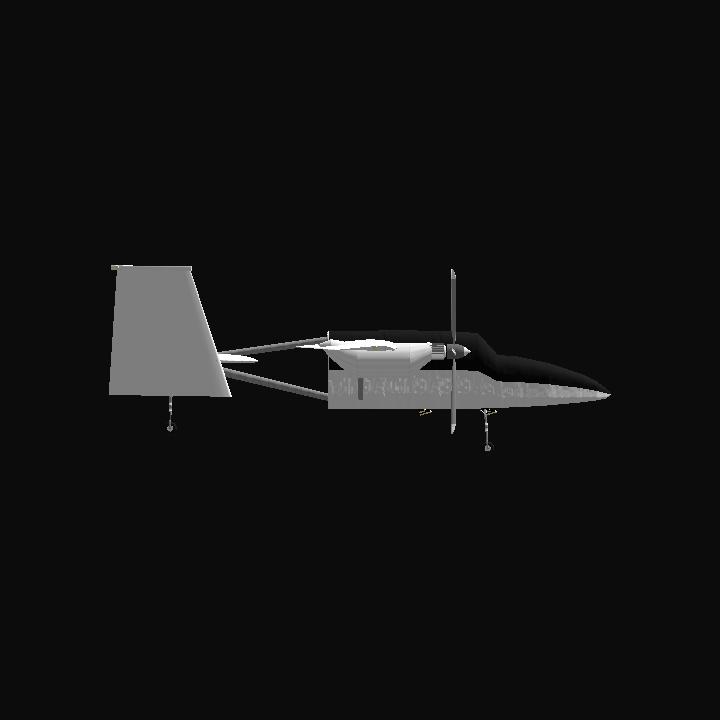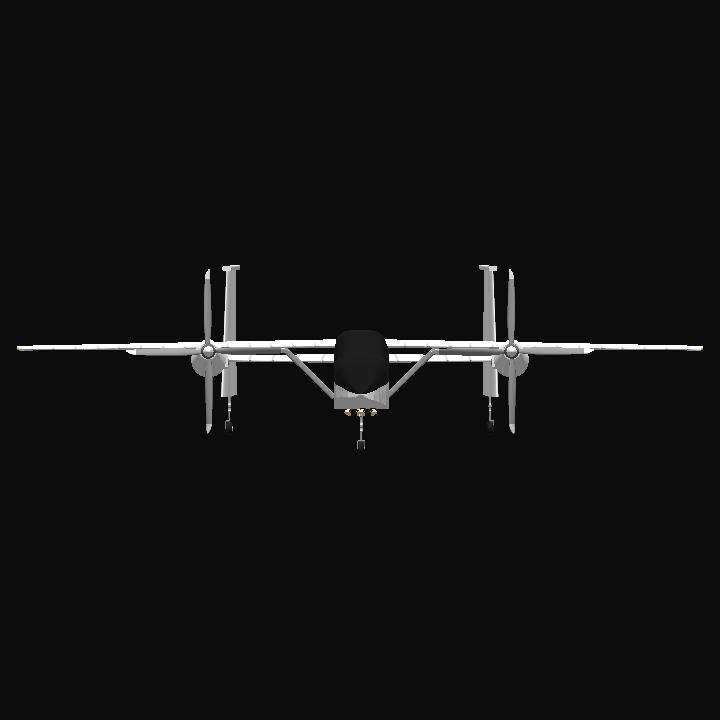The Garrett G-82, with its unique design features, likely emerged from a set of driving
design principles:
Cost-effectiveness:
Lightweight materials: Using lightweight materials like aluminum and composites in the construction would significantly reduce manufacturing costs.
Simple construction: A straightforward design with fewer parts minimizes production complexity and labor.
Truss tail: A truss tail structure is inherently strong yet uses less material compared to a solid tail, further reducing weight and cost.
Passenger comfort and visibility:
Off-centered seating: This arrangement provides passengers with an unobstructed view ahead, enhancing the flying experience.
High wings: High wings offer better ground visibility for both pilot and passengers, improving situational awareness during takeoff and landing.
Safety and stability:
Twin propellers: Redundancy in propulsion systems is crucial for safety, allowing the aircraft to maintain flight even if one engine fails.
Twin tail: A twin-tail configuration enhances directional stability, particularly during crosswinds and asymmetric thrust conditions.
Retractable tail landing gear: This innovative feature likely aimed to improve ground handling and reduce drag in flight, contributing to better fuel efficiency.
In summary: The Garrett G-82's origins likely stem from a desire to create a safe, affordable, and enjoyable flying experience. The unique design choices reflect a focus on efficiency, passenger comfort, and innovative engineering solutions.

